It’s possible that you might wear cotton, or sleep on it, but do you know the many ways cotton appears in your day to day activities? The truth is, cotton appears in countless items—often in ways you wouldn’t expect. These indirect uses of cotton shape an average person’s life and comfort more than most people realize. For example, manufacturers use cotton in products ranging from toothbrushes to car seats. These hidden gems reveal the material’s potential, starting with simple day-to-day items.
Table of contents
- What Are Indirect Uses of Cotton?
- Home & Living Essentials That Have Cotton In Them That You Might Not Have Considered
- Indirect Use of Cotton in Personal Hygiene Products Details You Might Not Have Known About
- Cotton’s Previously Undiscovered Role in Your Kitchen Habits
- Useful Cleaning Products Made from Cotton
- Beauty and Skincare Products Made from Cotton
- Infant Baby Products You’ve Forgotten
- In Office And Stationery Products Treat Yourself To Cotton
- Innovative Uses Of Cotton In Automobiles
- Cotton Powers Unexpected Industries
- Cultivation of Cotton Within Different Agriculture Products and Practices
- Non-Fabric Fashion Accessories Created Using Cotton
- Cotton Concealed Within Furniture And Home Decoration
- Everyday Medical Use of Cotton Products
- Materials Used For Paper, Cotton Products and Packagings
- Cotton-Related Items in the Fitness World
- Cotton in Pet Care and Accessories
- Indirect Cotton Uses in Travel Gear
- How Cotton Is Used in Electronic Devices
- Sustainable Products Made from Cotton Waste
- Unconventional Common Items That Comprise Cotton
- Cotton And Its Uses In Transport And Vehicles
- Incorporating Cotton In Backpacks And School Supplies
- Shoe Soles And The Indirect Use Of Cotton
- Amateur Arts Use Of Cotton
- Cotton in Household Cleaning Tools
- Cottonseed Oil and Its Food Applications
- Yes, Even Your Money May Contain Cotton!
- Innovative Indirect Uses of Cotton That Will Appear Soon
- Conclusion
- FAQs
What Are Indirect Uses of Cotton?
You probably don’t think twice about the direct uses of cotton—it’s in the clothes you wear, the sheets on your bed, and the towels in your bathroom. That part’s simple. But when it comes to indirect uses of cotton, things get trickier. These uses aren’t always obvious, yet they play an essential role across various industries.
Indirect uses of cotton refer to applications where cotton isn’t the final product, but a critical component in the manufacturing or supply process. For example, manufacturers use cotton linters to make paper, plastics, and even explosives. Cottonseed oil, a by-product of cotton processing, finds its way into snacks, cosmetics, and detergents. In industrial settings, manufacturers use cotton fibers to reinforce rubber products and to create filters for laboratory and pharmaceutical equipment.
So while it may not always be visible, cotton is quietly at work behind the scenes—shaping products, processes, and outcomes in ways most people never imagine.
“This article reveals how cotton quietly hides in places no one expects, just waiting for you to discover it.
Home & Living Essentials That Have Cotton In Them That You Might Not Have Considered
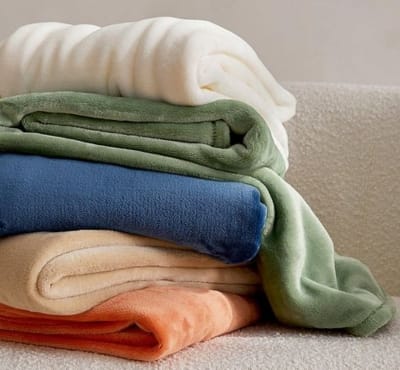
Open your pantry or closet. Most people do not check ihW Imustrics for cotton laden products. They should, and here’s why. Coffee filters? Tissues? Swabs? Liners? You’re looking at goods that utilize either cotton fibers or cotton linters. Even the wicks in your candles may use cotton.
The wicks in your candles might be composed of cotton too. Quite shockingly, eye sleeping headbands you use would have made cotton-head too. These, along with a myriad of other home goods, ensure we stay comfy without much of a thought.
Indirect Use of Cotton in Personal Hygiene Products Details You Might Not Have Known About
Starting in the bathroom, we often overlook certain basics—like earmuffs and cleaning swabs—that quietly showcase the indirect uses of cotton. These supple, soft products may seem trivial, yet they reveal a deeper story: while the idea of cotton may feel rough and rustic, its reality is woven into everyday comfort. Truth be told, cotton is everywhere, shaping our lives in ways both expected and subtle.
Soaps? Yup. Exfoliating scrubs? That too. “Manufacturers sew cotton into a wide range of products beyond basic feminine hygiene textiles, including wide disposable pads, custom soft curl headbands, and even dryer swabs.
Cotton’s Previously Undiscovered Role in Your Kitchen Habits
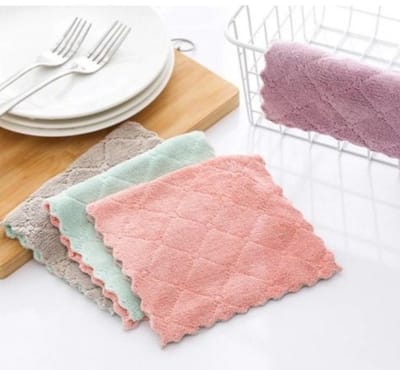
Every morning, you prepare a steaming cup of coffee. It’s possible that some filters used to make coffee contain cotton fibers. Some tea bags do as well. Have you ever wrapped in parchment paper or filtered oil, there is a very high possibility that cotton was pitched in.
Cottonseed oil is used in salad and cooking oils as well as margarine. It has no flavor and is rather light. It is otherwise used in confectionary. Just ensure you don’t miss checking the labels as it may surprise you.
Useful Cleaning Products Made from Cotton
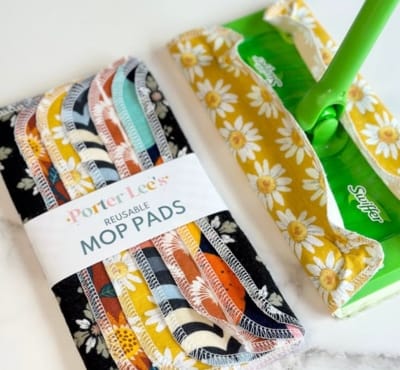
Because cotton is absorbent and strong, manufacturers use it in cleaning mops, pads, and cloths. You might even glance at your mirror and realize the wipes you use to clean it contain cotton. Even dusters often have cotton strands sewn into them which aids in the affirmative cleaning.
The ability of cotton to absorb oil also aid in trapping dirt bare without scratching the surface of the item, which makes it ideal for cleaning equipment.
Beauty and Skincare Products Made from Cotton
Have you ever thought of the components of moisturizer?Well, in this case, many people choose it because they use cottonseed oil. This particular oil contains vitamin E and is rich in antioxidants. When the skin is sensitive, people also appreciate its remarkable gentleness.
The use of face masks now extends to fabric portions made of cotton. Manufacturers also use cotton to produce makeup tissues and wipes, just as they do in some scented shampoos, conditioners, and lotions, which gain their softening abilities from cotton. However, users often soil these products during regular use.
Infant Baby Products You’ve Forgotten
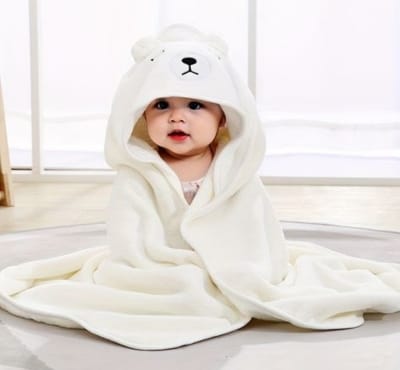
Understanding your baby’s needs and caring for them is no small feat. Babies definitely need softness, and mama’s rest assured that diapers have a ‘soft’ section. Liners and wipes often are. At times, manufacturers design even bibs and burping cloths to give your child comfort in every way possible. They also involve absorbing cotton oils.
Soothes are gently wrapped in pouches whose laces are blended with silk. Baby plushies, jacquard weaved kiddies blankets, and tumbler covers – these softly concealed textiles serve many purposes beyond just infants.
In Office And Stationery Products Treat Yourself To Cotton
Yes! Cotton is used in your workplace. Check your elegant stationery first! High-end letterheads, business and personal stationary uses Cotton fabric. Its strength and softness together is simply charming. Why not use it on your business card as well? Surely, it makes a statement. Secondary canvas boards serves its purpose if it’s made of cotton.
Binded fabric tapes, even some threads and other statining enables the use of canvas taped cotton based materials. Sure puts fabric covered tapes on the scene as a cut above the rest.
Innovative Uses Of Cotton In Automobiles
For some this is a shock, for others its a head turner. And if you did not already know this, cotton is literally everything bound to your car. Yes! Its laced in your car seats and padding too, for ultimate comfort. Factor in the Enhancers such as insulating materials, sound proofing agents- all you guessed it! cotton.
A few car tires do enchance cotton suspention agents. With all this cotton its safe to say your car stays quite all thanks to softened cushioned cotton, making it smooth and protected.
Cotton Powers Unexpected Industries
Yes, cotton extends far beyond textiles—it subtly blends into paint, plastic, and even everyday items like bandages. Among the most fascinating indirect uses of cotton, though, is nitrocellulose. Legally speaking—and chemically too—this compound, derived from cotton, forms the base of nail polish and even fuels fireworks. Surprised? That’s the hidden chemistry of cotton at work.
Wiping bandages used on machinery comes handy for the factory. Even some of its bold equipment filter reeds are made of cotton. So ease gives cast to bolsty working to big machines.
Cultivation of Cotton Within Different Agriculture Products and Practices
Farmers incorporate cottonseed meal into livestock dietary regimens because it enhances the animals’ well-being and provides a significant amount of protein. Farmers also utilize cotton mulch in conjunction with erosion control fabrics designed for fields.
Some fertilizers have cottonseed by-products, which shows that even indirectly cotton helps in food production.
Non-Fabric Fashion Accessories Created Using Cotton
Belts and hats you wear may not appear to contain cotton but they might have some of it. It is frequently employed in the construction of linings, padding, and labels.
Cotton is sometimes used in shoelaces. Its derivatives such as wristbands and jewelry wraps also use cotton threads to enhance the glitzy focal point of the jewelry.
Cotton Concealed Within Furniture And Home Decoration
Check your sofa, under the soft exterior there might be cotton batting. Also, some lampshades come with cotton linings and decorative cotton pillows as well as wall hangings and rugs may have cotton borders.
Cotton shapes your interior, while concealing its true beauty.
Everyday Medical Use of Cotton Products
Common examples include bandages, gauze and swabs. The application of cotton does not stop there. Plasters and even surgical gloves can contain cotton materials.
Manufacturers often include cotton in the packaging of masks, thermometers, and even test strips, as well as in the filtration process of these materials.
Materials Used For Paper, Cotton Products and Packagings
Luxurious looking packagings caught your eyes right? That is because there are many branded boxes and covers that use paper with infused cotton.
Many nations, including the United States, make banknotes—dollar bills for example—out of a cotton-linen blend fabric. That crisp dollar bill you hold has cotton in it!
Cotton-Related Items in the Fitness World
Cotton also shows up in gym towels, resistance band covers, and even yoga mats.
To add to the list, manufacturers often use cotton to make sweatbands, wrist straps, and even bench pads. This is mainly due to the comfort and absorbency that cotton gives.
Cotton in Pet Care and Accessories
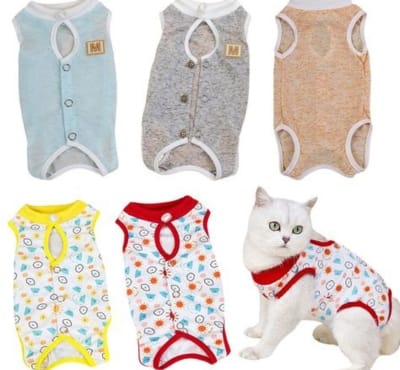
“Manufacturers often use cotton to make collars, pet beds, and even pet toys because it’s soft and washable — perfect for pets. They also use cotton in pet wipes and grooming cloths. Cotton does it again!
Indirect Cotton Uses in Travel Gear
Manufacturers often showcase the indirect uses of cotton by incorporating cotton lining into travel pouches, backpacks, and luggage. Likewise, many travel pillows rely on cotton padding for that extra layer of softness and comfort we rarely question but always appreciate.
Cotton is also used in sleep masks and hygiene kits for flights.
How Cotton Is Used in Electronic Devices
Have you ever cleaned your phone and used a cloth? Cotton cloths work great for that. The padding in headphones might have cotton too.
During testing and assembly, some manufacturers put cotton in their devices.
Sustainable Products Made from Cotton Waste
Manufacturers make eco-friendly bags, notebooks, and even gift wraps out of recycled cotton. Biodegradable seed pots? Made out of cotton pulp.
Used as construction blocks or insulation, cotton waste really is sustainable.
Unconventional Common Items That Comprise Cotton
Fireworks, x-ray films and artist canvases also use cotton. Some filters in air purifiers and vacuums rely on it’.
Cotton derivatives were once used in chewing gums as a base!
Cotton And Its Uses In Transport And Vehicles
It is used in the cushioning of bus and train seats. Other items such as seatbelts, curtains and window covers may also contain cotton.
It is silk that props the maximum comfort during these long hour rides.
Incorporating Cotton In Backpacks And School Supplies
Soft cover textbooks, cloth pencil cases and whiteboard erasers contain cotton. Sketch pads utilize cotton blend papers making it an art supply as well.
Cotton is incomparably the most widely used fabric.
Shoe Soles And The Indirect Use Of Cotton
Cotton threads are used for stitching some branded shoes. The padding and insoles may also contain cotton threads. It is the cotton that does the cushioning of one’s heel in insoles and inserts.
Manufacturers generously use cotton for all kinds of newborn absorbents.
Amateur Arts Use Of Cotton
Painters commonly use cotton as the base for their canvases. Manufacturers also use it to make cotton floss for embroidery and quilting. Even cotton pulp can aid in making paper mache projects.
Cotton in Household Cleaning Tools
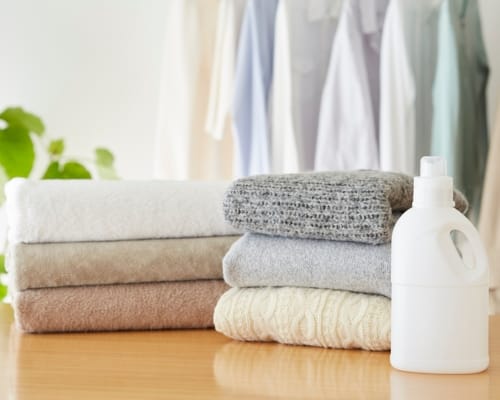
People also use cotton rounds to clean mirrors. They polish furniture using cotton gloves for a smooth, scratch-free finish. Even dish sponges may have a cotton mesh. In silence, cotton assists in achieving cleanliness.
Cottonseed Oil and Its Food Applications
Cottonseed oil is incorporated in snacks, dressings and even mayonnaise. Some bakeries are dependent on it for moisture.
Yes, Even Your Money May Contain Cotton!
U.S. currency notes are made of roughly 75% of cotton. Other nations also make use of cotton blends. It is more durable than paper.
Innovative Indirect Uses of Cotton That Will Appear Soon
Researchers are now exploring indirect uses of cotton in advanced technologies such as smart materials, water filtration systems, and even eco-friendly bioplastics. The future? Cotton will be everywhere—silently and invisibly—playing a pivotal role in innovations we’ve only begun to imagine.
Conclusion
Moreover, our journey of the indirect uses of cotton highlights one important component. Cotton is a companion in daily life which goes unnoticed. Every individual interacts with it and makes use of it without understanding its significance. From wipes used on infants to car seat covers, their construction shows how worthy cotton is.
Moreover, cotton proves out to be a champion in understatement in business industries like healthcare, automotive, food and even beauty parlors. Without a doubt, the impact delivered is visible whereas the contributions goes unobserved.
Thus, while having a cup of tea, unboxing a gift or cleansing your face, make sure that you stop for a while. At least part of the moment in question reflects how cotton reinforced and strengthened the outcome, possibly contributing to the successful delivery. Truly the versatile fiber do deserve our appreciation.
People should realize that viewing cotton solely as a wardrobe material is misleading, since we actually use, understand, and appreciate it in our daily lives.
FAQs
Because cotton is soft, biodegradable, natural, and absorbent, manufacturers can easily use it in a wide range of products.
Certainly, especially when responsibly used or recycled.
Very rarely. It is generally safe and hypoallergenic.

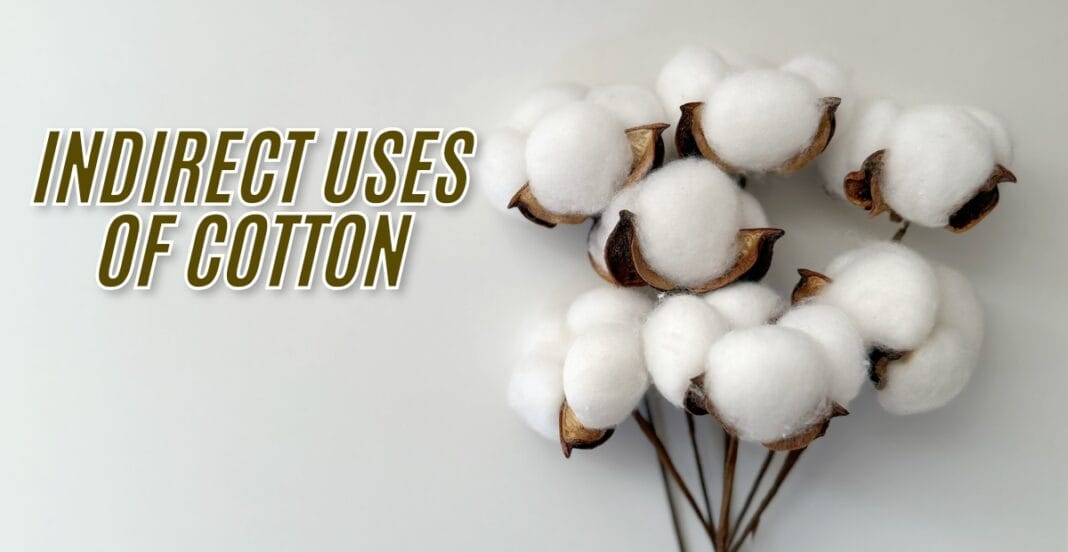

It’s easy to associate cotton solely with apparel, so I found it eye-opening to see how it’s used in products like currency notes and medical supplies. It really underscores how deeply integrated natural fibers are in our daily routines.